Isola Santa, an enchanted village endowed with a charm so evocative that it seems to have come out of the brush of an impressionist painter or the imagination of a novelist, instead of being the result of the toil of a proud population always living in close contact with the land and its cycles. Isola Santa is located in the heart of the Apuan Alps, in the municipality of Careggine, and for centuries it was an obligatory stop for caravans and pilgrims who wanted to reach the coast of Versilia from Garfagnana.
At 550 meters above sea level and completely embraced by the solemn beauty of the mountains, Isola Santa still appears with its rustic appearance, with its stone houses perched one on top of the other and the church of San Jacopo in the center. At Isola Santa it almost seems as if time has stood still, and it matters little whether one is in a corner of Tuscany, as close to glamorous beaches and clubs or to the great cities of art as it is far from the great flows of mass tourism. Isola Santa is now a jewel waiting to be unveiled and discovered at a slow pace with the gaze lost on the horizon and the heart ravished by the magical atmosphere of its narrow alleys that convey an unparalleled tranquility. Yet the long history of Holy Island has been anything but devoid of changes and, in some cases, genuine revolutions from which, however, Holy Island has always emerged with a new face, but without ever severing its roots.
A first, important watershed in the history of Isola Santa is at the end of the 19th century when, with the opening of the Cipollaio tunnel, which connects Massa to Garfagnana, what had always been a place of passage and shelter for wayfarers began to lose its centrality, but it was not until 1948 that the village of Isola Santa would be completely turned upside down. In fact, the course of the Turrite Secca River was dammed up by a large dam right at the edge of the village, and thus was born the lake of Isola Santa, whose waters went on to submerge a large part of the ancient settlement. It would seem to be the end for Isola Santa and so it was, but it was from there that its history got going again, albeit at the slow pace that is characteristic of mountain people. In the decades following the construction of the dam, the inhabitants gradually began to abandon the village, which by the 1980s was effectively uninhabited except for a few passing shepherds. However, the beauty of Isola Santa was too great to end up covered by weeds and remain the heritage only of the memory of a few old people, and so, year after year, the slow recovery of the village began.
Today, the lake of Isola Santa, whose waters are completely swimmable, is a charming destination that anyone who loves the outdoors cannot miss, while the village offers plenty of accommodations for those looking for a vacation away from the hustle and bustle of the city. Many old houses have been restored with the typical stone slab roofing, and the village has become a true diffuse hotel with the fisherman’s house bar-restaurant serving the many fishermen who frequent the area under specific regulations for brown trout fishing.
Above all, however, Isola Santa is a unique and unmissable starting point for those who want to set out to discover the unique landscapes of the Apuan Alps and in particular to some famous peaks such as Corchia, Freddone, Penna di Sumbra and the majestic Panie group. Truly fascinating then is a visit to the nearby Marmitte dei Giganti, pot-shaped potholes carved by raging rivers. Huge ones can be seen at Fosso del Fatonero and Fosso dell’Anguillaia, while if you are lucky you can witness the emptying of the lake, calendared once every ten years, from whose waters emerge some buildings that were part of the ancient village including a mill and a characteristic stone bridge.
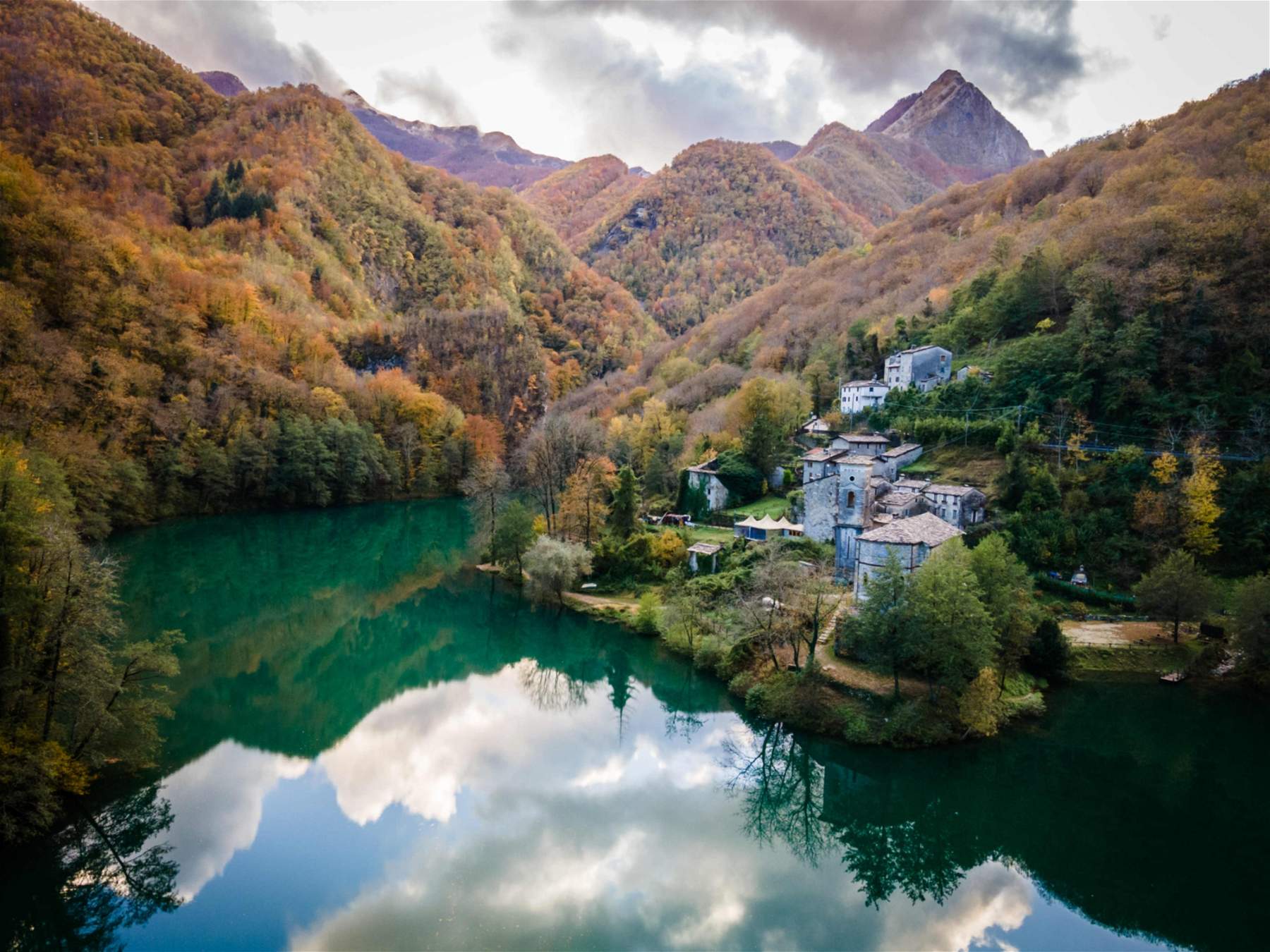
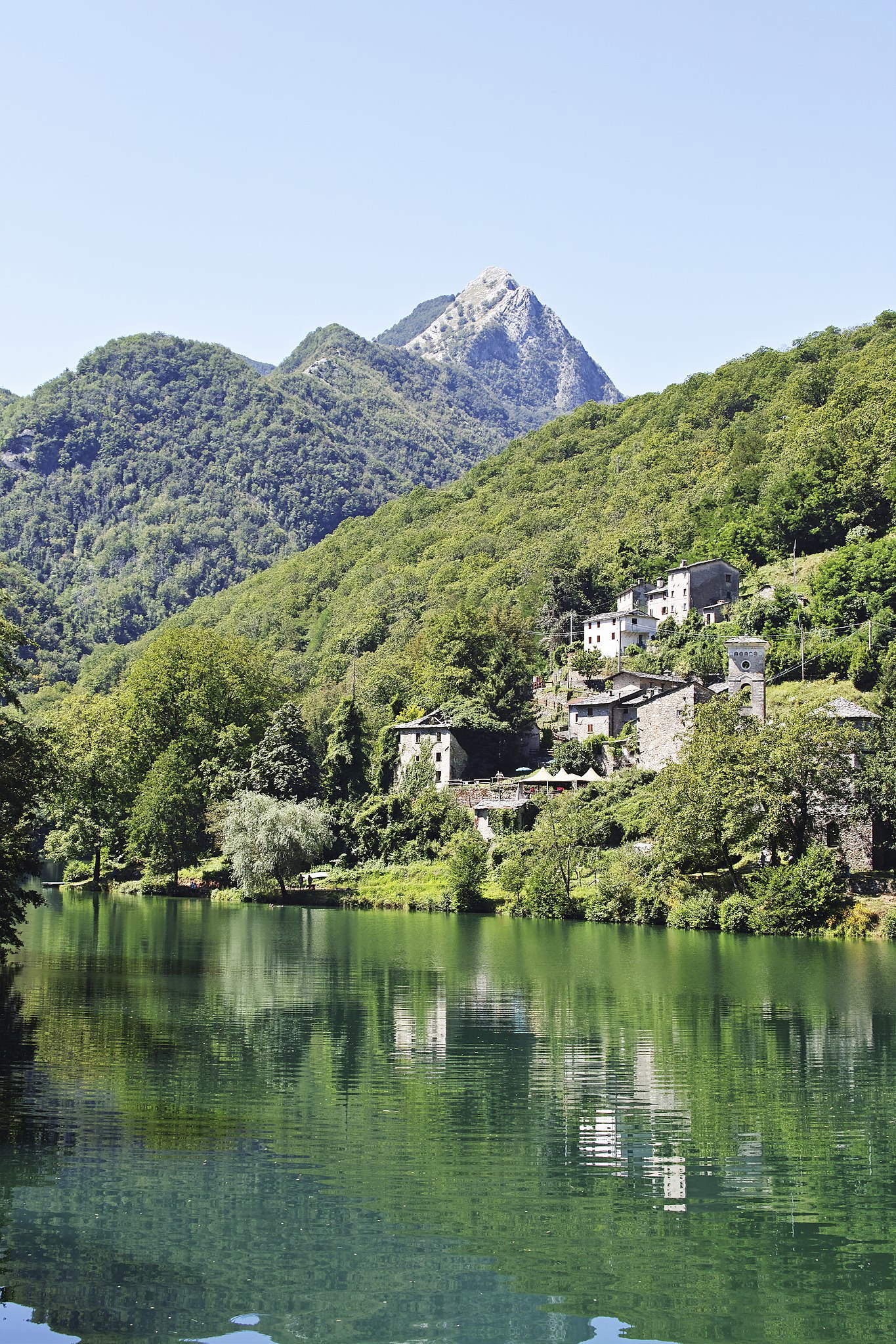
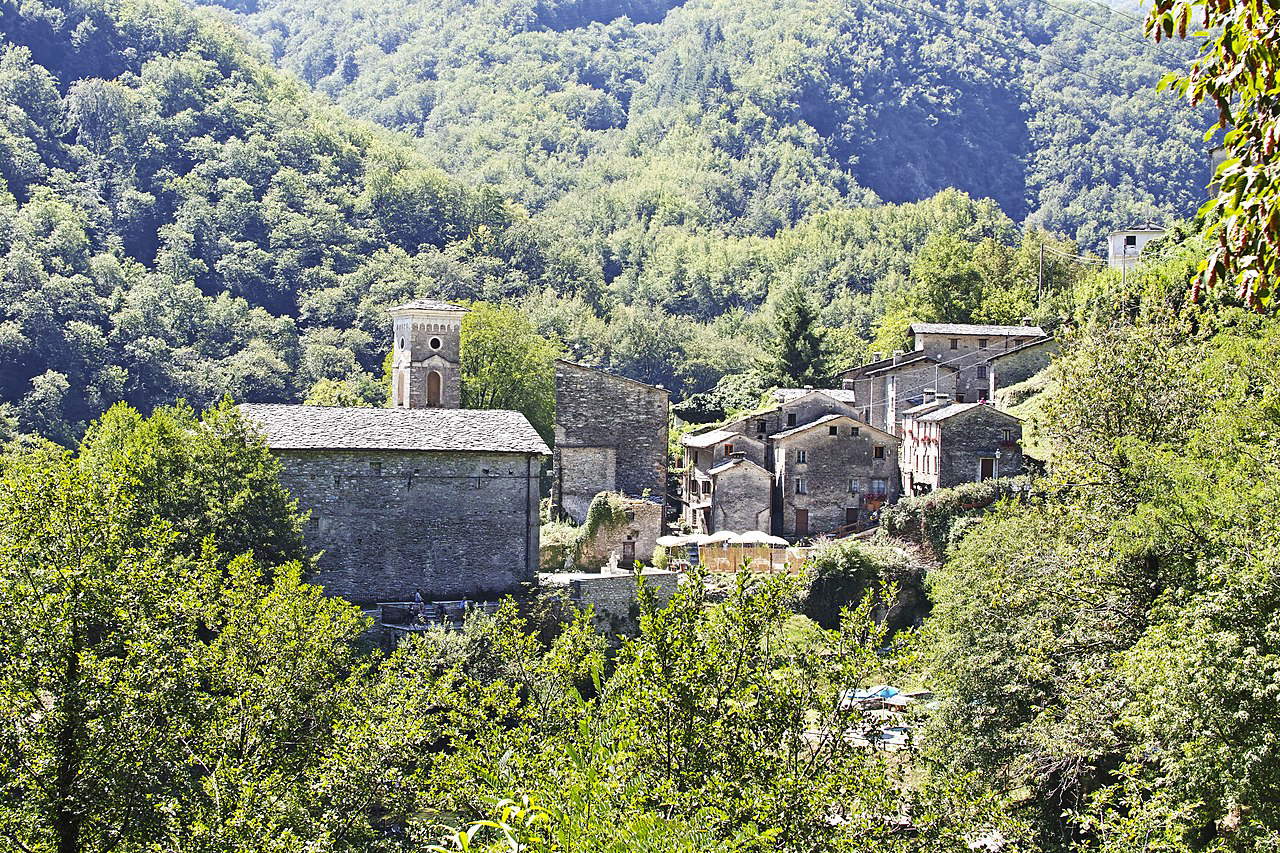
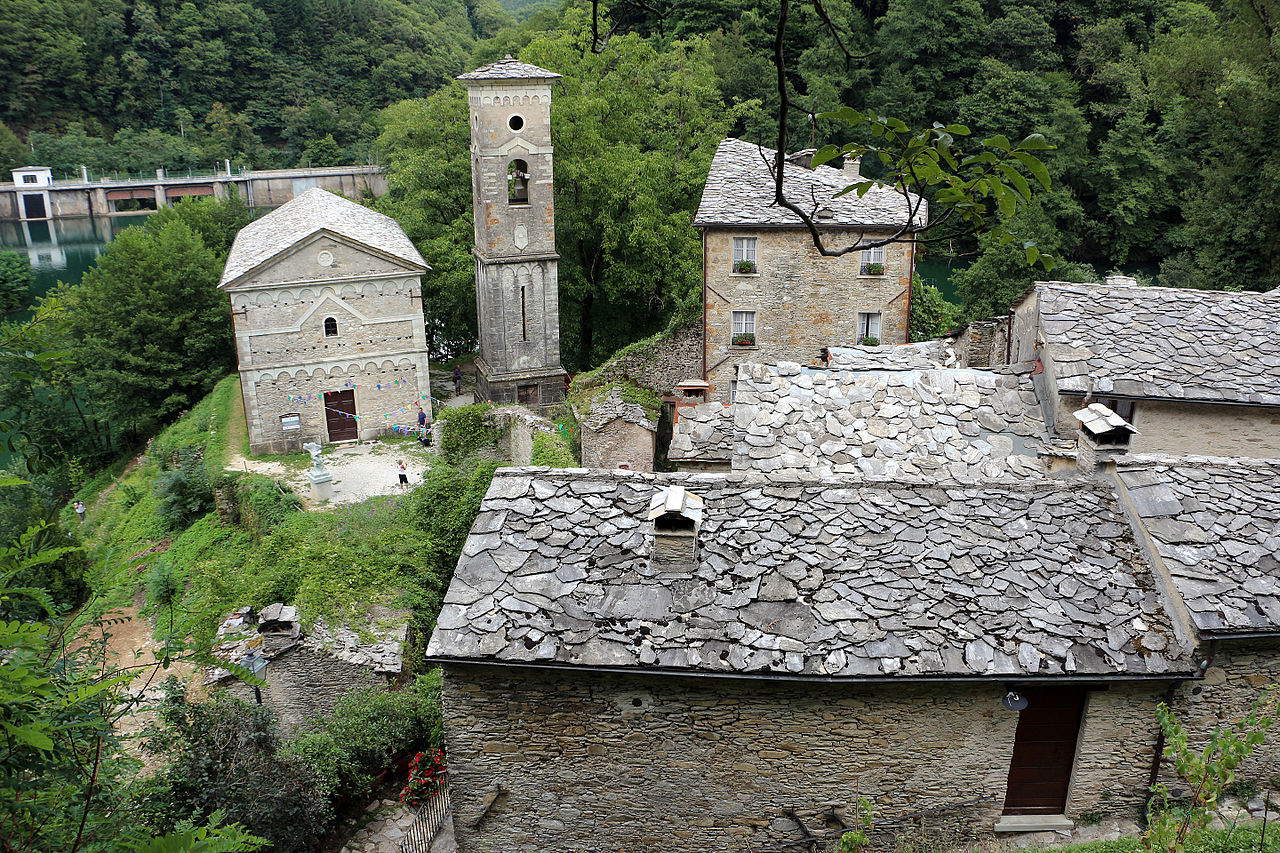
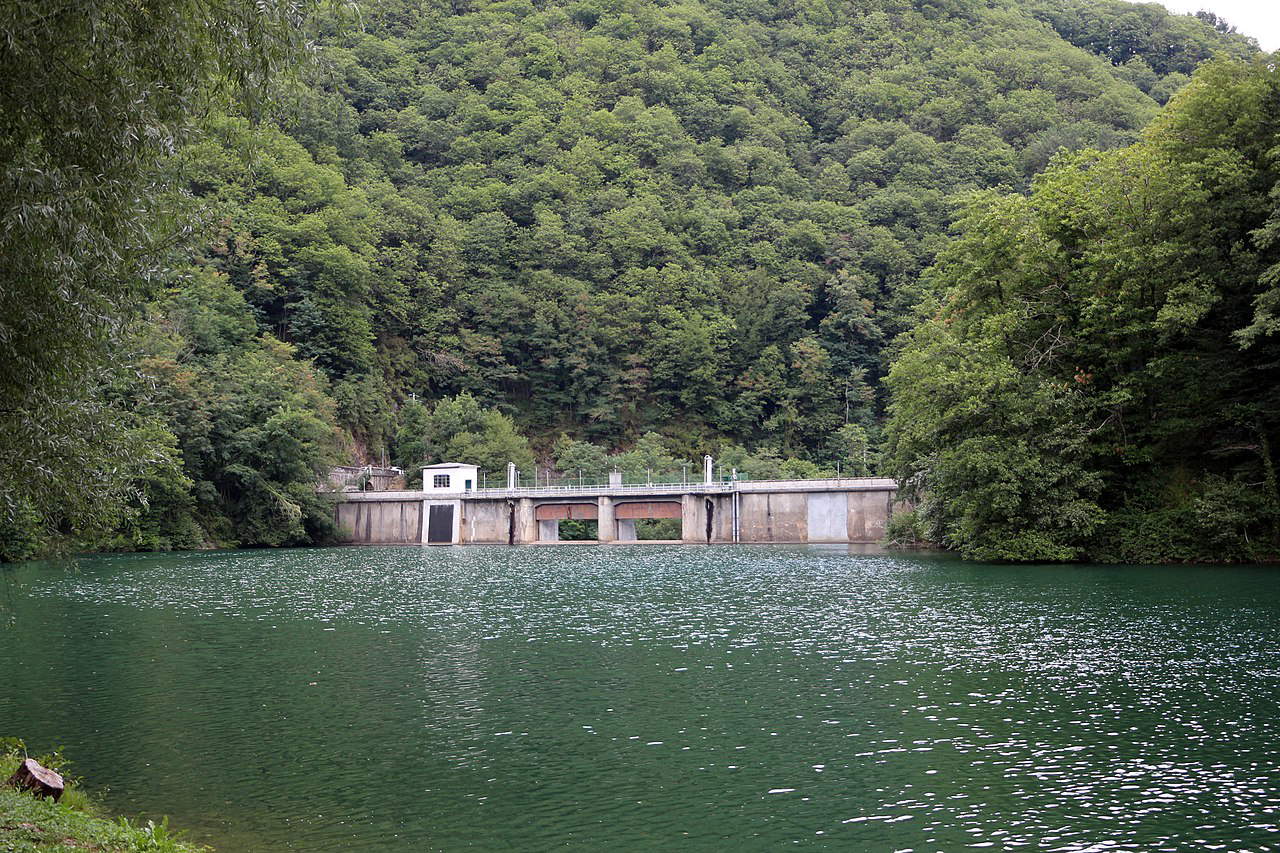
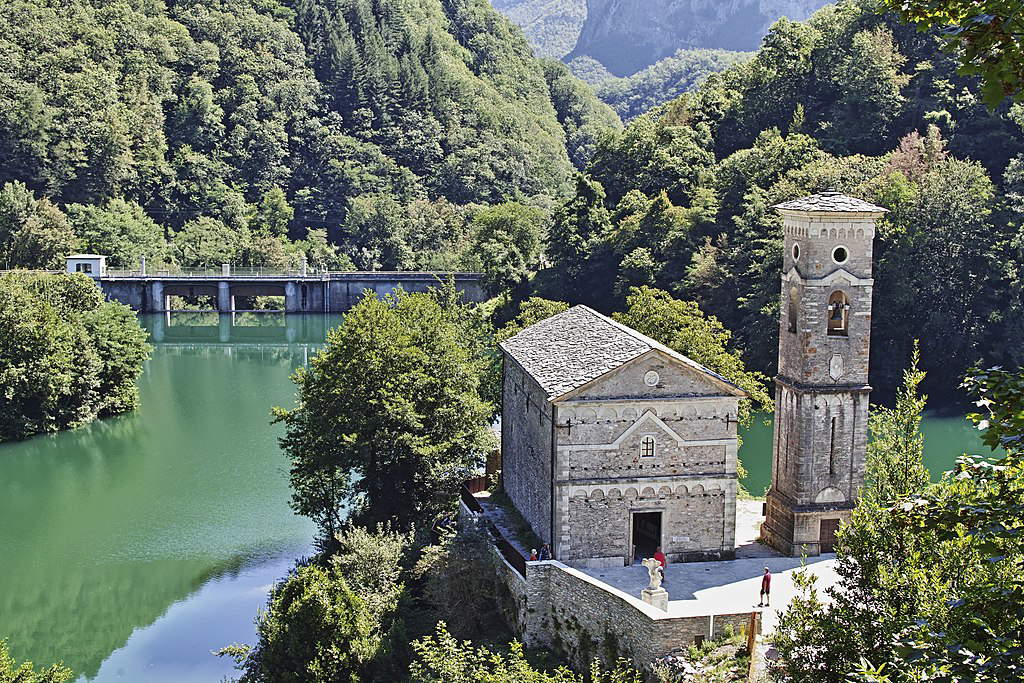
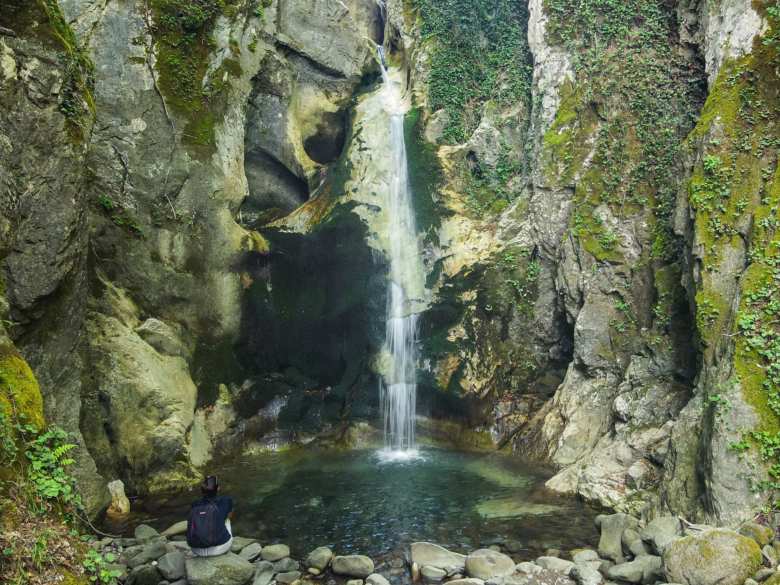
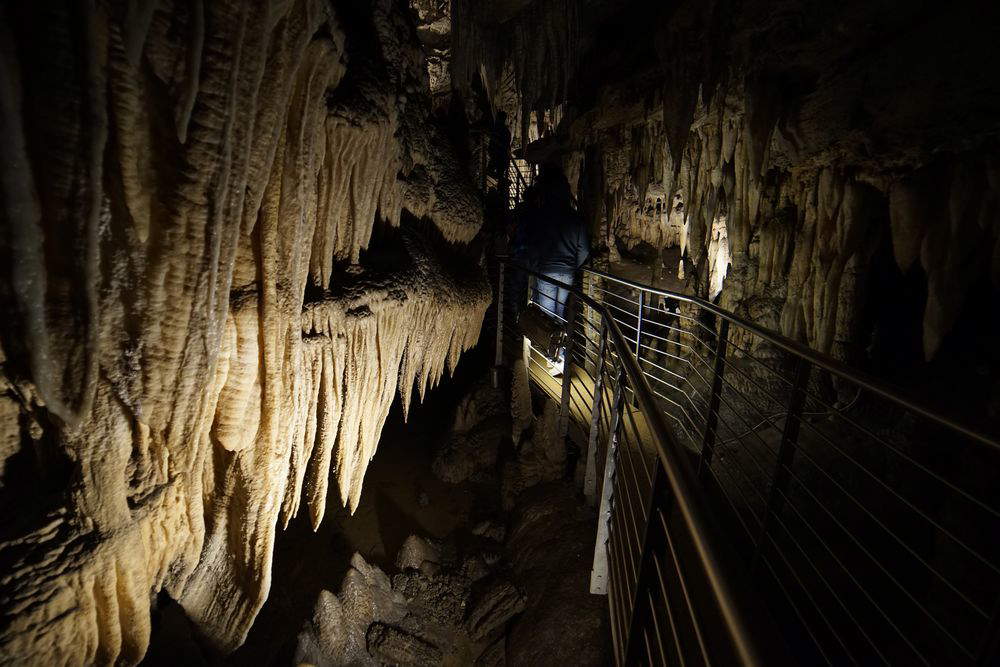
 |
| Holy Island, what to see in the beautiful village between the Apuan Alps and Garfagnana |
Warning: the translation into English of the original Italian article was created using automatic tools. We undertake to review all articles, but we do not guarantee the total absence of inaccuracies in the translation due to the program. You can find the original by clicking on the ITA button. If you find any mistake,please contact us.